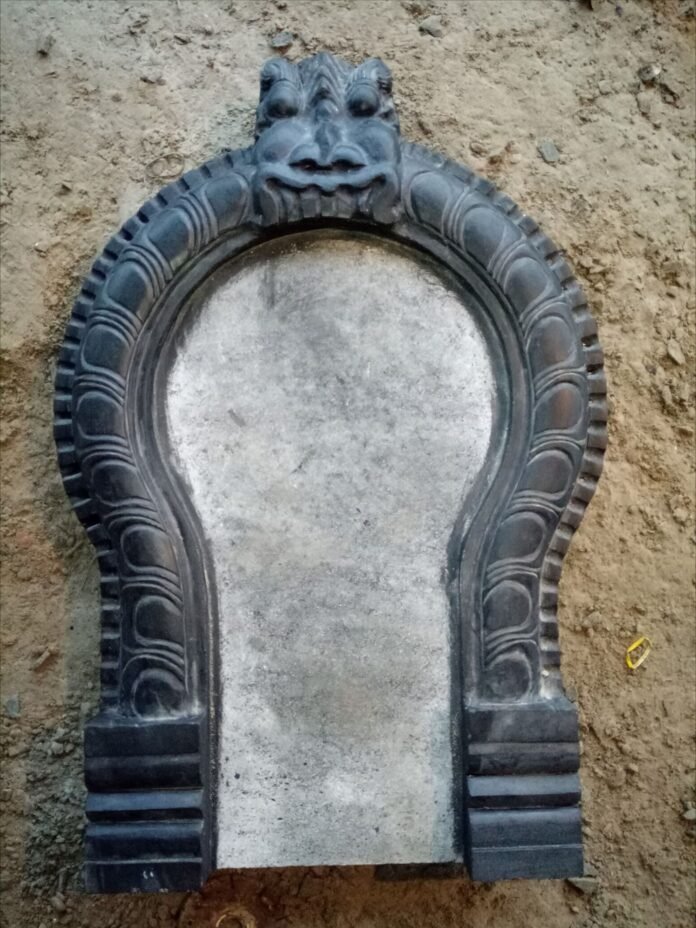In the rich heritage of Rajasthan, temple architecture holds a significant place. The intricate stonework seen in these temples is a testament to the skill and dedication of craftsmen who have honed their craft over centuries. Here’s a closer look at how stones are shaped to build these beautiful temples.
Selecting the Right Stones
The first step in the process involves selecting the appropriate type of stone. Rajasthan is known for its variety of high-quality stones, including marble, sandstone, and granite. Each type of stone has its unique properties, which influence its suitability for different parts of temple construction. For instance, marble is often used for intricate carvings, while sandstone may be chosen for its durability and ease of carving.
Quarrying and Initial Shaping
Once the stones are selected, they are quarried from the earth. Quarrying involves extracting large blocks of stone from the ground. This process requires careful planning to ensure that the stones are removed with minimal damage. After extraction, the stones are roughly shaped into manageable blocks. This initial shaping is crucial as it makes the stones easier to transport and further process.
Detailed Carving and Craftsmanship
After the stones are brought to the temple site, they undergo detailed carving. Skilled artisans, often referred to as temple contractors, use traditional tools and techniques to carve intricate designs. These craftsmen have a deep understanding of the art and are capable of translating complex patterns into stone. Their expertise is essential for creating the ornate sculptures, pillars, and arches that adorn the temples. This stage of the process is where the temple stone work in Rajasthan truly shines, showcasing the level of detail and precision that goes into each piece.
Assembling the Stones
Once the stones are carved, they need to be assembled. The process involves fitting the stones together without the use of mortar. This method, known as dry masonry, is traditional and requires the stones to be precisely cut and shaped so they fit perfectly. The strength and stability of the temple depend on the accuracy of this fitting process. Skilled craftsmen ensure that each stone is placed with care, maintaining the structural integrity and aesthetic appeal of the temple.
Final Touches and Preservation
The final stage of the process involves adding finishing touches and preserving the stonework. Artisans may apply various treatments to enhance the stone’s appearance and protect it from weathering. In some cases, additional carvings or decorative elements are added to complete the temple’s look. Preservation techniques are crucial to ensure that the intricate carvings and sculptures remain intact for future generations to admire.
Conclusion
The creation of beautiful temples in Rajasthan is a complex and labor-intensive process. From selecting and shaping stones to the detailed craftsmanship involved in carving and assembling, every step requires a high level of skill and precision. Temple contractors play a vital role in this process, ensuring that each temple is a masterpiece of stonework. The result is a stunning example of how traditional techniques and artistry can come together to create enduring symbols of cultural and religious significance.


